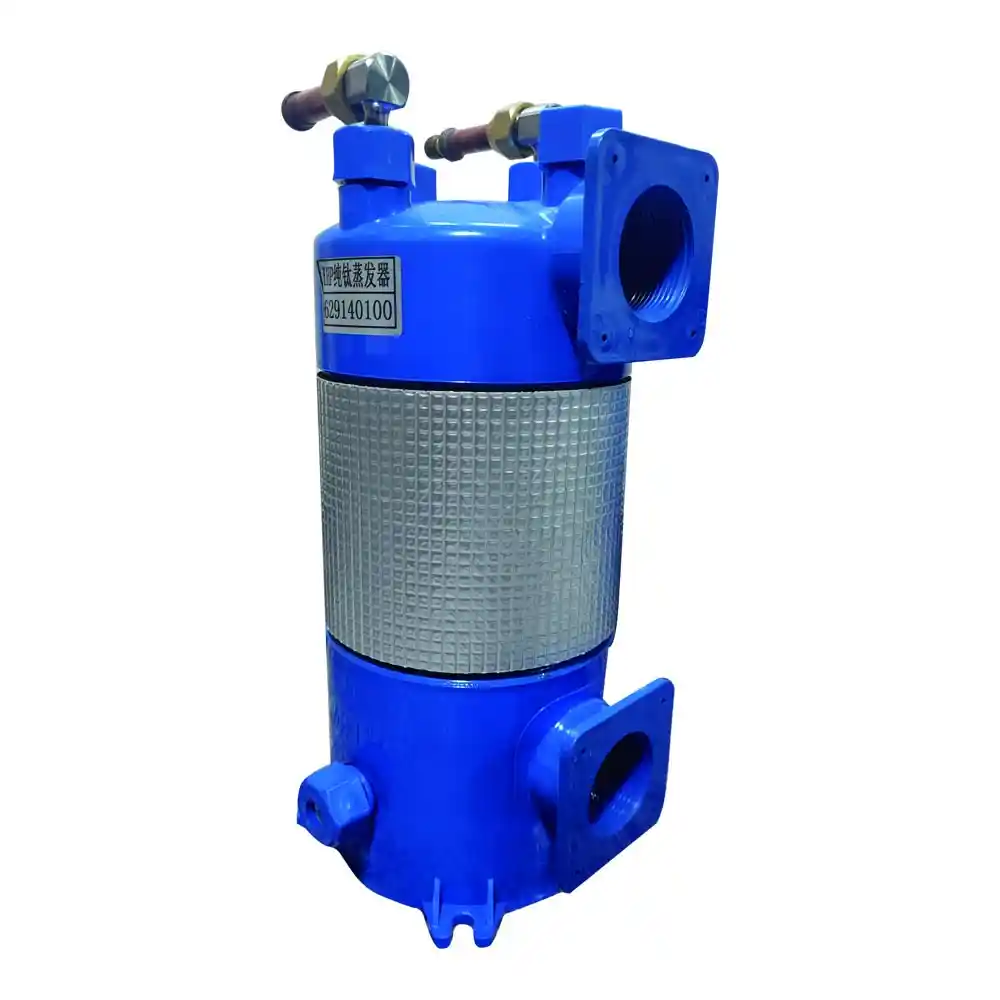Introduction
Coil formation is a critical step in the raw material preparation process for manufacturing titanium coil heat exchangers with PVC shells. This article focuses on the specific process of forming coils using titanium tubes and PVC shells. The objective is to provide a detailed understanding of the coil formation process, highlighting its significance and the specific techniques involved.
1. Coil Design and Specification
Before the coil formation process begins, the design and specifications of the coils need to be established. Factors such as the required heat transfer capacity, fluid flow rates, and space constraints are taken into consideration during this phase. The coil design is optimized to achieve efficient heat transfer and ensure compatibility with the PVC shell.
2. Tube Selection and Preparation
Selecting the appropriate titanium tubes is crucial to ensure optimal performance and longevity of the heat exchanger. Factors such as corrosion resistance, thermal conductivity, and mechanical properties are considered when choosing the tubes. The selected tubes are then prepared by cutting them to the required length and ensuring smooth, clean ends.
3. Coil Formation Process
The coil formation process involves shaping the titanium tubes into the desired coil configuration and integrating them with the PVC shells. This section outlines the steps involved in coil formation.
3.1 Tube Bending
Tube bending is performed using specialized equipment to shape the straight titanium tubes into the desired coil configuration. The bending process should be precise to maintain the integrity and efficiency of the heat exchanger. The angle, radius, and spacing of the bends are carefully controlled according to the coil design.
3.2 Tube Insertion into PVC Shells
Once the titanium tubes are bent, they are inserted into the PVC shells. The shells provide support and protection to the coils, ensuring their stability and preventing damage during operation. Proper alignment and secure attachment of the tubes within the shells are essential to maintain the desired coil configuration.
3.3 Connection and Sealing
The connections between the titanium tubes and the PVC shells are sealed to prevent leakage and ensure efficient heat transfer. Various techniques, such as welding, adhesive bonding, or mechanical fastening, may be employed depending on the specific design and application requirements.
Summary of Coil Formation Process
The following table summarizes the key steps involved in the coil formation process for titanium coil heat exchangers with PVC shells:
| Production Step | Descripción |
|---|---|
| Coil Design and Specification | Establishing coil design and specifications |
| Tube Selection and Preparation | Selecting and preparing titanium tubes |
| Tube Bending | Shaping the titanium tubes into the desired coil configuration |
| Tube Insertion into PVC Shells | Inserting the bent tubes into the PVC shells |
| Connection and Sealing | Connecting and sealing the tubes within the shells |
Note: The table above provides a high-level overview of the coil formation process and may include additional steps or variations depending on specific manufacturing requirements.
In conclusion, the coil formation process is a crucial step in the raw material preparation for manufacturing titanium coil heat exchangers with PVC shells. By carefully designing the coils, selecting appropriate tubes, and ensuring precise bending and integration with the PVC shells, high-quality heat exchangers can be produced to meet the desired performance and efficiency standards.


